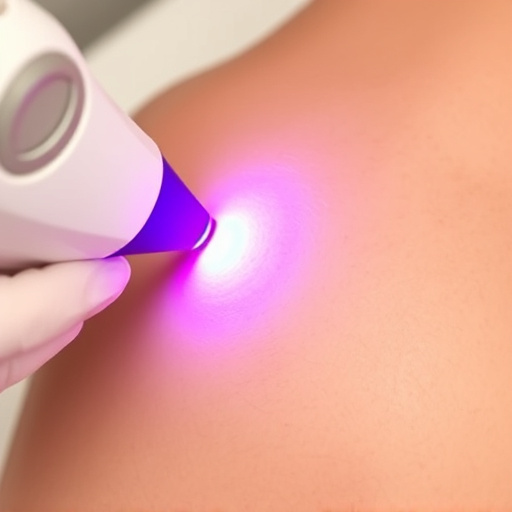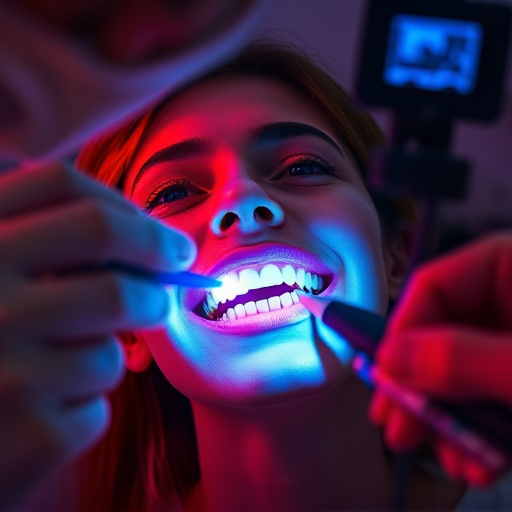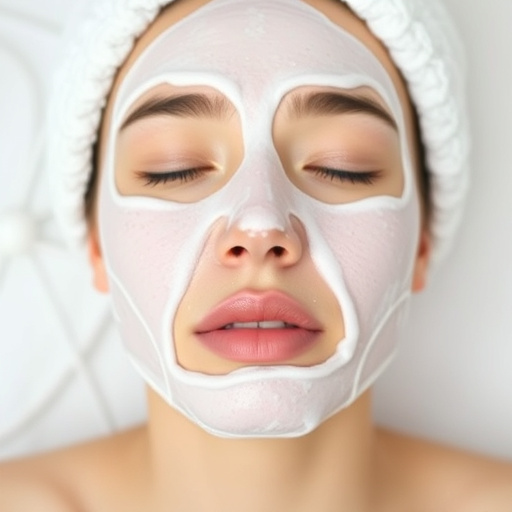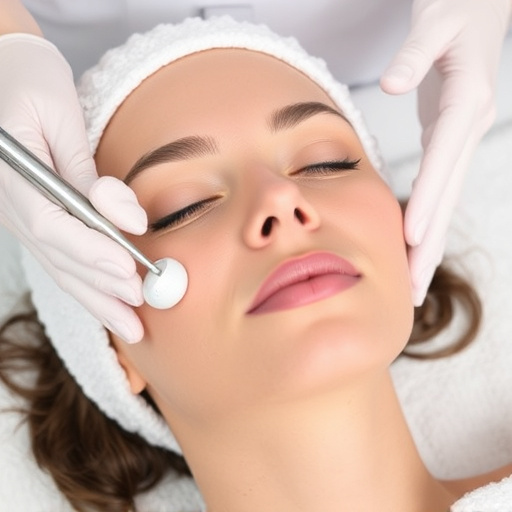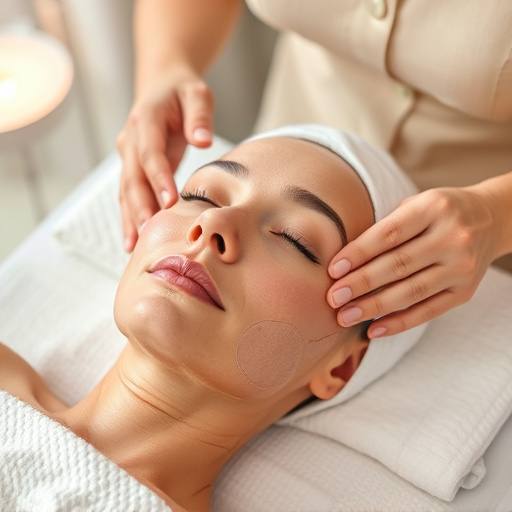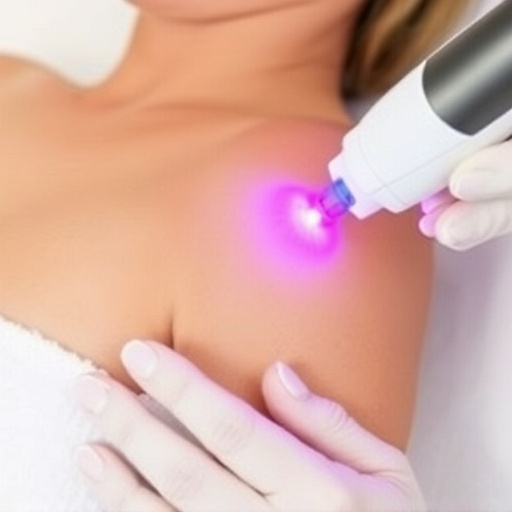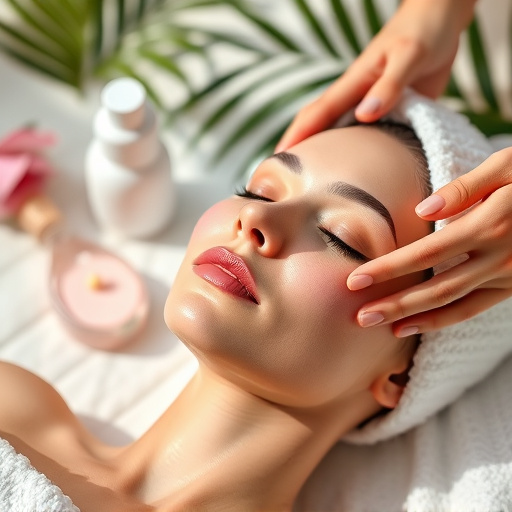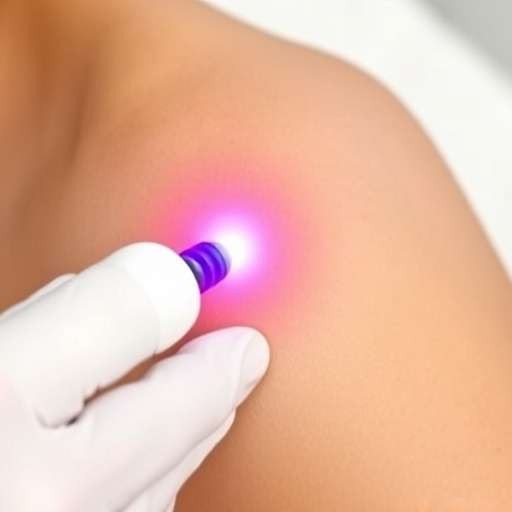Age spots, caused by sun exposure and skin aging, can be treated effectively at medical spas using chemical peels. AHAs like glycolic acid exfoliate the skin, while BHAs target deeper layers for severe cases. TCA peels offer dramatic results but need professional supervision. These treatments stimulate collagen production, improving skin texture and removing age spots for a brighter complexion.
Looking to fade age spots and restore a youthful glow? Chemical peels, a popular aesthetic treatment, offer a highly effective solution. This article delves into the world of age spots, exploring their causes and how chemical peels can help combat them. We’ll break down the science behind these treatments, discuss various peel types, and provide insights on achieving spotless skin. Discover the power of chemical peels for targeted age spot removal and reveal a radiant complexion.
- Understanding Age Spots and Their Causes
- The Science Behind Chemical Peels for Spot Removal
- Types of Chemical Peels and Their Effectiveness
Understanding Age Spots and Their Causes

Age spots, also known as sunspots or hyperpigmentation, are a common skin concern that many people face as they age. These patches of discolored skin are often seen as small, dark areas on parts of the body exposed to the sun, such as the face, hands, and neck. While they may be a natural part of aging, various factors contribute to their development. The primary cause is prolonged sun exposure, where the skin’s natural protection against UV rays becomes impaired, leading to an overproduction of melanin, the pigment responsible for skin color.
Other than sun damage, certain medical conditions and medications can also trigger age spot formation. For instance, hormonal changes during pregnancy or menopause might contribute to hyperpigmentation. Additionally, some people may develop age spots due to inflammation or injuries to the skin. Medical spa services offer effective solutions for age spot removal, with treatments like chemical peels being a popular choice for those seeking a more youthful complexion. These procedures help exfoliate the top layers of the skin, reducing the appearance of age spots and promoting healthier, brighter skin.
The Science Behind Chemical Peels for Spot Removal
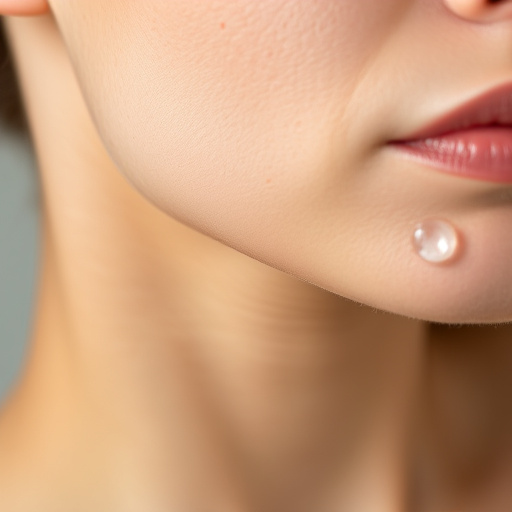
Chemical peels have emerged as a popular and effective method for age spot removal, offering a scientific approach to skin rejuvenation. The process involves applying a chemical solution to the skin, which creates a controlled injury, stimulating the body’s natural healing response. This response results in the rapid production of new collagen and elastin fibers, leading to a significant improvement in skin texture and appearance.
The key to their success lies in the selection of the right acid for the specific skin concern. Common acids used include glycolic, lactic, salicylic, and trichloroacetic acid, each with unique properties. For age spots, which are often caused by sun damage, a combination of alpha hydroxy acids (AHAs) like glycolic or lactic acid can be highly effective. These AHAs penetrate the skin’s surface layers, exfoliating dead skin cells and breaking down pigmented debris, thus lightening the appearance of age spots and even outskinning tone. Customized facials incorporating chemical peels allow for targeted treatments, addressing individual skin concerns and delivering remarkable results in the quest for flawless, youthful-looking skin.
Types of Chemical Peels and Their Effectiveness

Chemical peels have established themselves as a popular choice for age spot removal, offering effective results in addressing sun damage and hyperpigmentation. These treatments involve applying chemical solutions to the skin to exfoliate and stimulate new cell growth. The three primary types include alpha hydroxy acids (AHAs), beta hydroxy acids (BHAs), and trichloroacetic acid (TCA). AHAs, such as lactic acid or glycolic acid, are gentle yet powerful exfoliants, ideal for sensitive skin. They penetrate the surface layers to fade age spots gently and promote skin smoothing.
BHAs, like salicylic acid, target deeper skin layers, making them effective for more severe cases of age spot removal. TCA peels are the most intense, offering significant results but requiring professional supervision due to their strength. While these chemical peels primarily focus on exfoliation, they also induce collagen production, contributing to improved skin texture and a brighter, more even complexion. Additionally, certain facial treatments incorporate these peels along with hydrating facials for comprehensive age spot reduction and skin tightening benefits.
Chemical peels offer a safe, effective way to fade age spots and achieve a more even skin tone. By understanding the science behind these treatments and exploring different peel types, you can select the best option for your specific needs. Regularly scheduled chemical peels, combined with sun protection, can significantly improve the appearance of age spots, providing lasting results and a more youthful complexion.



